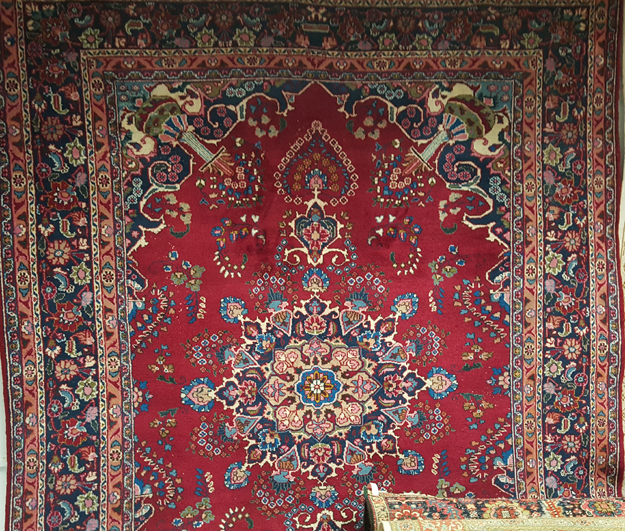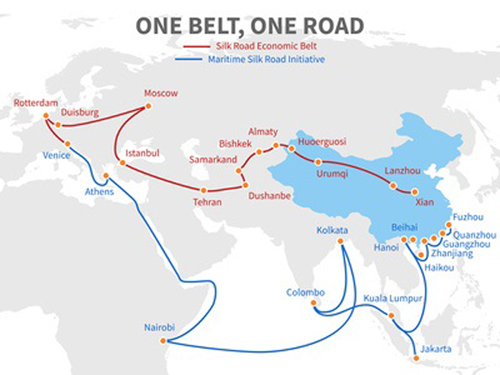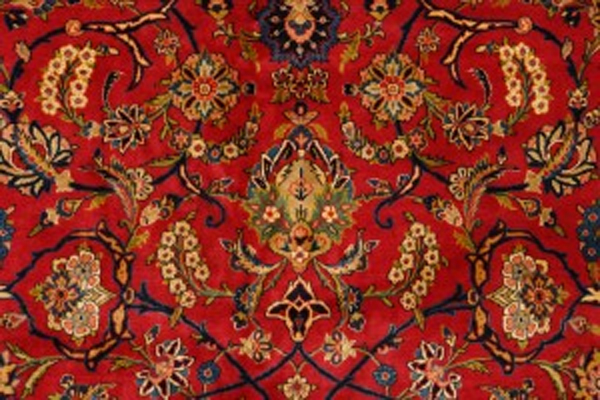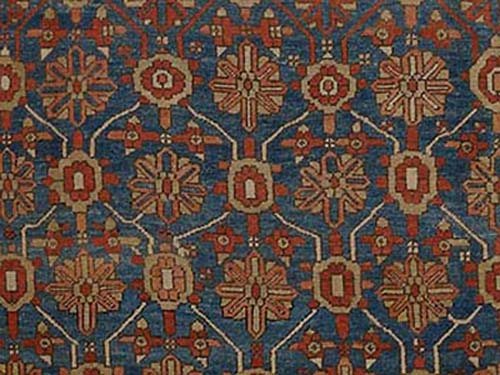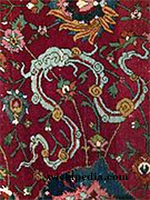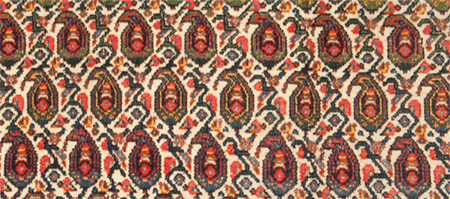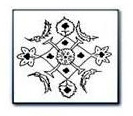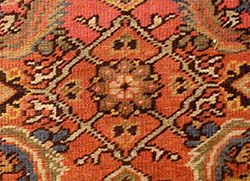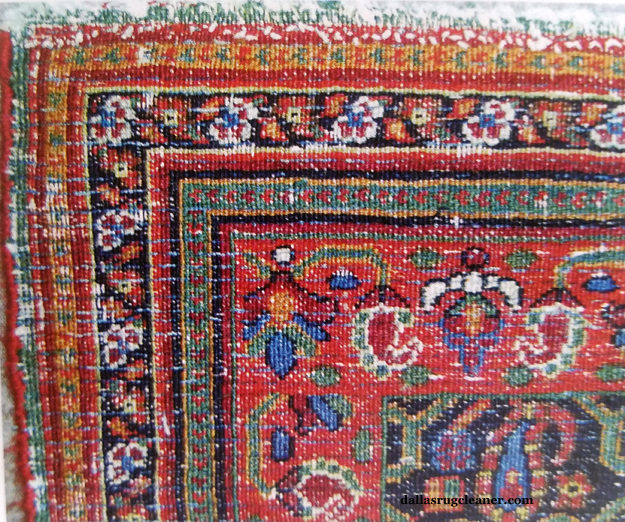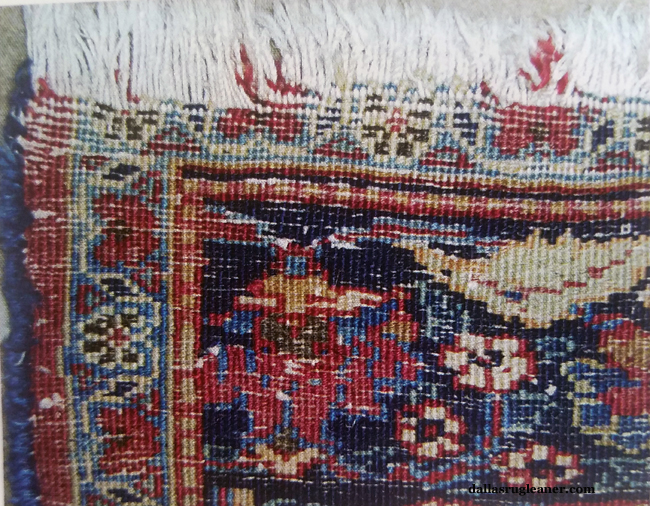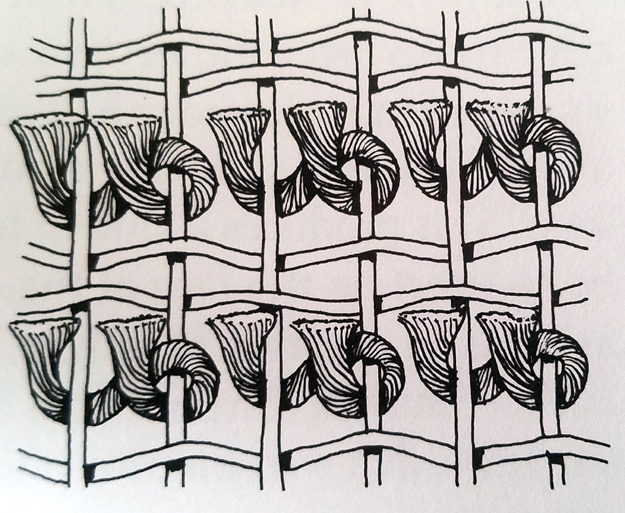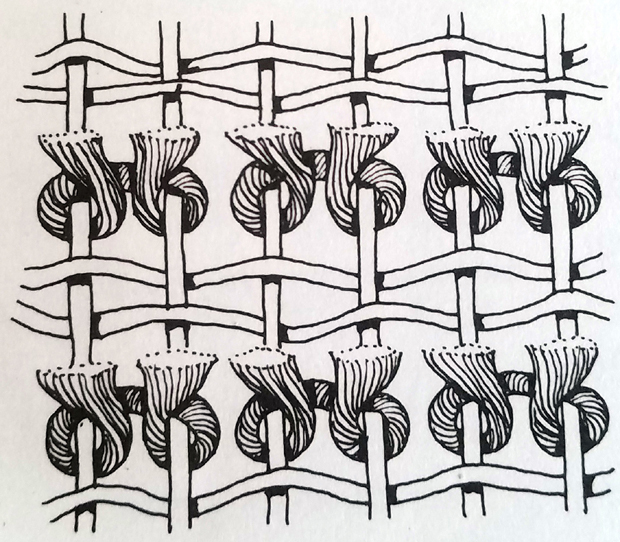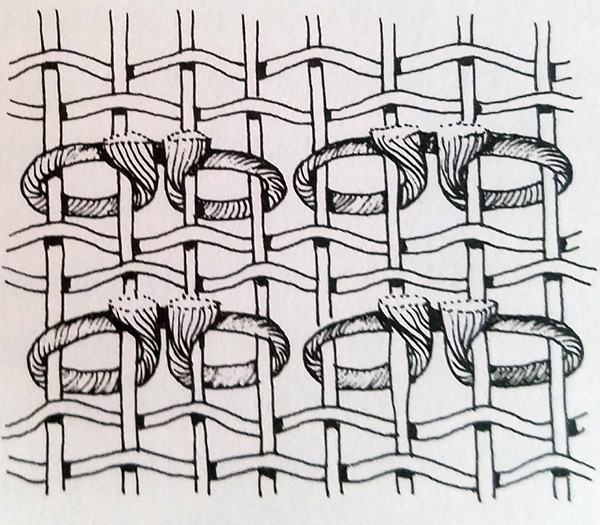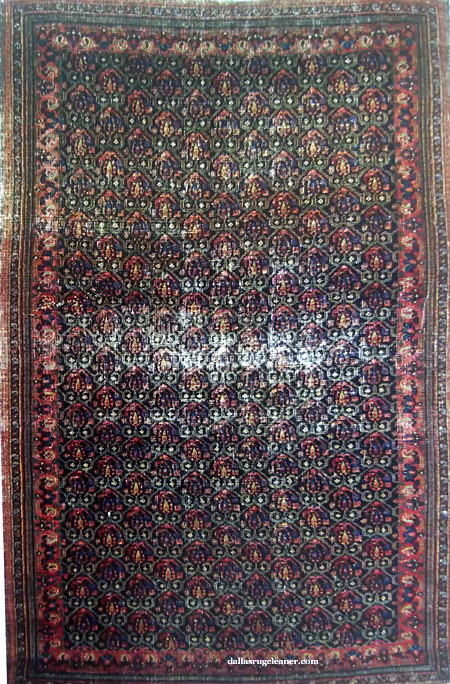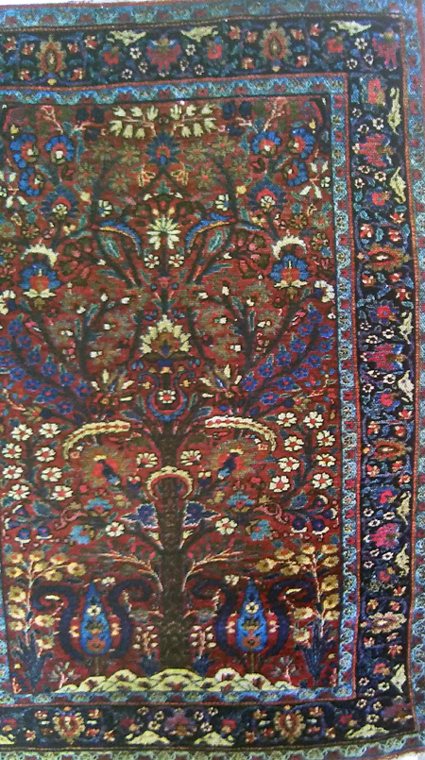Meshad Oriental Rugs
(Meshed, Mashad)
LOCATION
Meshad oriental rugs have been continually produced in the Meshad district of NE Iran for centuries. Meshad is the capital of the province of Khorassan. At one time, rugs from Meshad were called Khorassan rugs.
The finest Meshads were also known as Isfahans but they were in no way similar to the rugs that are actually woven in the neighboring city of Isfahan.
WEAVING HISTORY
Rug weaving in the Meshad district can be traced back to before the mid-1500s. The district was a major oasis on the famous Silk Road, the ancient network of trade routes which ran 4000 miles from China and India to the Mediterranean and connected the East to the West.
Meshad today is a prominent center of the rug weaving industry in Iran. It is considered a holy city to practicing Muslims because it was home to the eighth Imam (religious leader) who is buried there.
Millions of Muslims make the pilgrimage to Meshad every year. Today, the city has a population of over 3 million and is the 2nd largest city in Iran. It is also one of the best wool producing regions in the country.
DESIGN OF MESHAD ORIENTAL RUGS
The most common design of Meshad rugs is curvilinear, featuring a large central medallion on a magenta colored field and corners filled with floral designs. Vines and flowers also fill the field.
The central medallion is called the Shah Abbas. It is an intricate pattern that is used to cover the field of a rug. It consists of intertwining tendrils and vines with palmettes and rosettes and can also feature vases and cloud bands.
Other motifs used by the Meshad rugs besides the Shah Abbas include the boteh and herati motifs. These motifs are smaller than the large central Shah Abbas motif and are used in a repeating, all-over pattern.
FOUNDATION OF MESHAD ORIENTAL RUGS
FOUNDATION
The foundation of Meshad rugs consists of cotton depressed warps (up and down cords). (Depressed warps occur when the wefts (side to side cords) are pulled tightly from either side rather than put in with minimal tension. This will displace the warps into 2 levels.)
The wefts (side to side cords) are also cotton and are sometimes dyed gray. (Antique Meshad rugs had blue wefts).
The insertion of the wefts is also unusual and inconsistent in these rugs. There are usually 2 weft cords inserted, alternating across the warps as would be expected, but sometimes there are no wefts or one or 2 sinuous (non-straight) wefts between every 3-4 rows of knots.
Additionally, two or more wide cable wefts may be inserted, but not alternating between the warps, which creates a trench across the width of the rug on the back. This produces a distinct pattern that can easily be seen on the back of Meshad rugs.
THE PILE
The pile is wool that is typically quite soft. Except for the oldest pieces, the rugs are thick and meaty. It is important to actually handle the pile of a rug before purchase. If the wool feels lifeless, the quality of the wool is poor.
THE KNOT
Two-thirds of Meshad rug weavers use the Persian or asymmetric knot while 1/3 use the Turkish or symmetric knot. They also may use the Jufti knot. While the asymmetric knot can open to the left or the right and the symmetric knot opens in the middle, the Jufti knot can be tied like either the asymmetric or the symmetric knot.
The difference between the Jufti and the other knots is in how many warps the knot is tied on. Typically, the asymmetric and symmetric knots are tied onto 2 warps. The Jufti knot will be placed over 4 warp threads rather than 2. This weaving technique combined with the inconsistent use of wefts between each row of knots (as mentioned above) can produce rugs that can wear more quickly. It is possible to find these rugs have been painted over to cover the worn areas.
ENDS
The ends of Meshad rugs often contain a cotton kilim (a flat area of varying size woven at the end of the rug before the fringe is finished) with fringe. Many times the last 2-3 rows of knots will be multi-colored.
SIDES
The sides of Meshad rugs are overcast in wool. Unlike many overcasting techniques, the wool is not always the same color as the guard/outside border.
COLORS
Magenta and navy blue are usually the dominant colors in these rugs with orange, pink, kelly green, brown, ivory or khaki used for contrast.
The dyes used in the antique Meshad rugs were cochineal, (a red dye derived from the dried bodies of female cochineal insects) creating a deep magenta. Occasionally, there is a purplish cast over the entire rug if the cochineal dye has been used too liberally.
SIZES
Meshad rugs are usually, but not larger than, 6x9 which is typical of workshop rugs in larger cities. The looms tend to be larger and are more sturdy than those used by smaller towns or villages or nomadic tribesmen.
ABC IS HERE TO HELP
If you need rug ID, washing, repair, urine odor removal, moth treatments, etc., we are here to help. Call our office any time during business hours and we will be happy to answer any questions and explain our services.
We are available from 8-5 Monday through Thursday, 8-4:30 on Fridays and 10-1 every Saturday for your convenience. Our phone number is 607-272-1566.
You can reach us through our website at abcclean.com or email us at info@abcclean.com.
"The Cleanest Clean You've Ever Seen."
by
ABC Oriental Rug & Carpet Cleaning Co.
130 Cecil Malone Drive Ithaca, NY 14850
607-272-1566
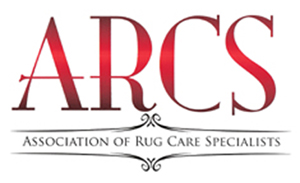
ABC Oriental Rug & Carpet Cleaning Co.
is a FOUNDING MEMBER of the
Association
of Rug Care Specialists.
"To Teach, Cultivate and Advance the Art and Science
of Rug Care"
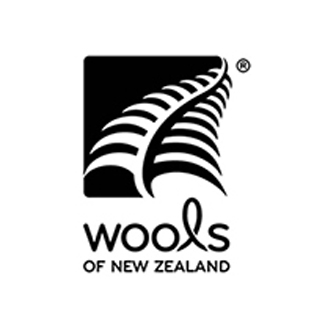
The Standard of Excellence

ABC
Carpet & Rug
Spotting Guide
Oriental and Area Rug Washing at ABC Oriental Rug
Rugs on the wash floor are gently scrubbed before thorough rinsing.
Gentle scrubbing continues. Note the wringer in the background-the next step in the washing process after rinsing.
After thorough rinsing, the rug is sent slowly and carefully through the wringer to take out as much of the water as possible before being hung on racks in the drying room.
Rugs are hung on a rack in the temperature controlled drying room until completely dry.
